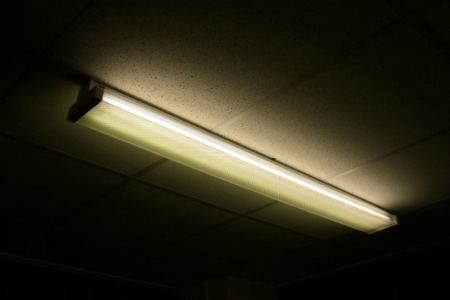
Today the Michigan Economic Development Corporation announced that the Port Huron Area School District was awarded a $99,365 grant for installation of energy efficient lighting in seven elementary schools. The project will replace or retrofit obsolete lighting and ballasts containing PCB with newer lighting technologies, helping the schools become more energy efficient and cutting costs. According to Port Huron Area District Superintendent, H. Ronald Wollen, the district is looking to save an estimated $15,000 per year on its energy expenses due to the lighting upgrades. With energy prices on the rise, finding solutions to help schools cut their energy budget is increasingly important and will provide a safer learning environment for students.
“Replacing obsolete lighting equipment will make the school environment healthier for student and also bring energy and cost saving benefits to the school district,” said MEDC President and CEO Michael A. Finney. “The State of Michigan is pleased to partner with the Port Huron Area School District to replace older, unsafe ballasts and inefficient lighting fixtures with environmentally friendly equipment.”
According to the U.S. Environmental Protection Agency, PCB ballasts can be a significant source PCB emissions in schools and can have a toxic effect, especially in elementary school-aged children.
“These grant funds are a breath of fresh air in a time of tight finances and moves us another step in the right direction of providing a great learning environment for our students,” said Wollen.
Grants are administered by the Michigan Energy Office through the State Energy Program of the U.S. Department of Energy. The State Energy Program provides financial and technical assistance to states through formula and competitive grants. States use the grants to develop state strategies and goals to address their energy priorities.
Port Huron School District will be responsible for the labor to remove and install the fixtures and proper disposal of disposal of the PCB ballasts in compliance with the Toxic Substances Control Act.
The project will be completed prior to the start of the 2013-14 school year.
